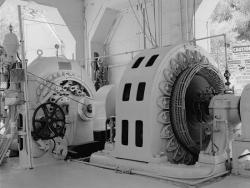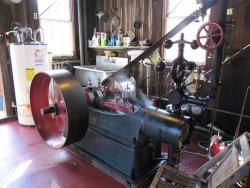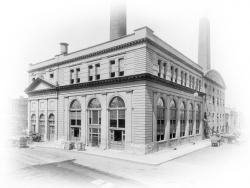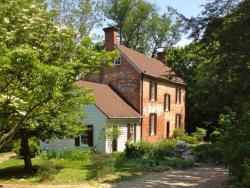Stationary steam engines, once the prime movers of industry, powered trains, ships, and mills in an age when there was no electric power. By the 19th century, American industry, especially in England, was rapidly outgrowing the capacity of the ater power that had been its principal prime mover. The need for a new power source inspired an intense development of the steam engine, the work of inventors directed mainly at imporving fuel efficiency by reducing steam consumption. The leader in this effort was George H.
Mechanical
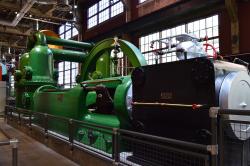
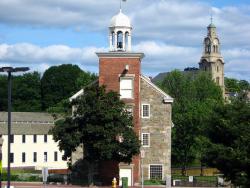
The Wilkinson Mill, situated on the west bank of the Blackstone River in Pawtucket, was built between 1810 and 1811 by machinist Oziel Wilkinson. Constructed in stone rubble, three and one-half stories high, the mill played a critical role in the history of textile technology, in steam power generation, and in the development of the machine tools industry.
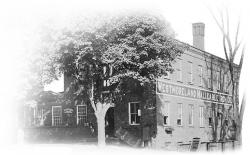
The history of this foundry, which was the oldest malleable iron company in continuous operation in the United States for many years, was inseparable from that of the small town of Westmoreland, where neighbors and workers kept time by the foundry bell. The firm was founded as Oakhill Malleable Iron Company in 1833 and was established under its present name in Westmoreland in 1850. Erastus W. Clark, who along with his brother-in-law Abel Buell brought the foundry to Westmoreland, ran the ironworks until 1871 and was the first of six generations who still own and manage it.
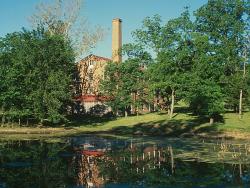
The Watkins Woolen Mill is among the best preserved examples of a Midwest woolen mill in nineteenth-century United States. Its machinery for preparing, spinning, and weaving wool reflects the existence of well-established textile industry in the country. It was designed and built by Waltus L. Watkins (1806-1884), a machinist and master weaver from Frankfort, Kentucky, who began operating his mill in 1861 in Clay County.
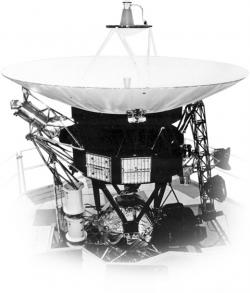
The Voyager explorers, which provided scientists and the world with the first detailed pictures of faraway planets, were designed and tested during 1972 to 1977. The two most intelligent machines ever built in the NASA space program, the explorers were launched from Cape Canaveral, Fla., in 1977. Voyager 2 was launched first on August 20, followed by Voyager 1 on September 5.
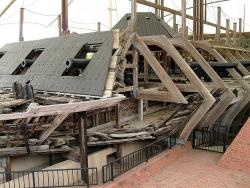
The Cairo is the sole survivor of the fleet of river gunboats built by the Union during the Civil War with the object of controlling the lower Mississippi River. Designed by Samuel Pook and built by James B. Eads, it saw limited battle and was sunk on the Yazoo River in 1862 by newly developed electronically detonated mines, becoming the first craft ever sunk by this predecessor to torpedo technology. The 175-foot ironclad vessel had 13 guns.
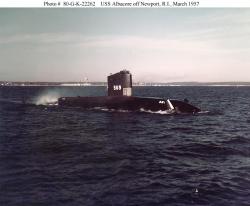
The USS Albacore (AGSS-569) represented a radical change in submarine design. The hull was designed with underwater speed as the prime requirement, and it was built with newly developed high-strength steel (HY-80). In addition to these two major innovations, the Albacore served as a test vessel for many new designs in submarine technology so that they could be refined before implementing them into the fleet. Among them was the testing of various control designs and correlation of actual sea-trial performance with that predicted in tow-tank tests.
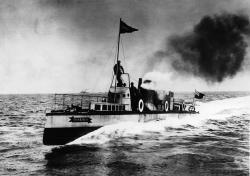
The Turbinia was the world's first turbine-driven ship. It attracted worldwide attention at the 1897 Spithead Naval Review by traveling more than 34 knots. This remarkable performance accelerated the acceptance of the steam turbine as an alternative to the steam reciprocating engine on ships as well as for central electric light and power stations. Sir Charles A. Parsons (1854-1931) invented (1884), developed, and promoted the steam turbine, as well as the design of the Turbinia. For this, he is considered among the outstanding technological innovators of all time.
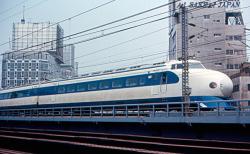
State: Tokyo-to Zip: 100-0005 Country: Japan Website: https://www.asme.org/about-asme/who-we-are/engineering-history/landmarks/211-tokaido-shinkansen Creator: Shima, Hideo
In 1964, Shinkansen (which means "new trunk line" and is also known as the bullet train) between Tokyo and Shin-Osaka became the world's first high-speed railway system, running at a maximum business speed of over 200 km/h (130-160 mph).
he Automatic Temperature Control System was named as a Historic Mechanical Engineering Landmark in 2008. Warren S. Johnson came up with the idea for automatic temperature control while teaching at Normal School in Whitewater, Wisconsin in the 1880's. Originally, janitors would have to enter each classroom to determine if it was too hot or cold and then adjust the dampers in the basement accordingly. Johnson sought a way to end, or at least minimize the classroom interruptions of the janitors and increase the comfort level of the students.
Innovations
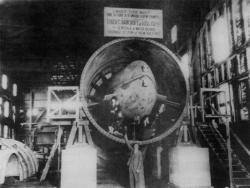
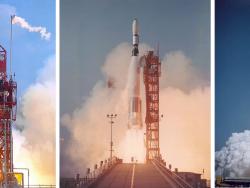
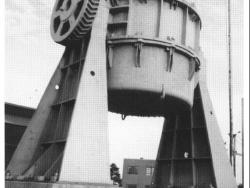
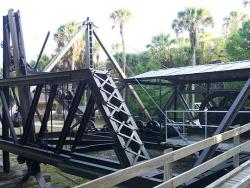
Built by the Bay City Dredge Works of Bay City, Michigan, this dredge was used to construct a portion of US 41 called the Tamiami Trail, which connected Tampa with Miami through the Everglades and Big Cypress Swamp. The last remaining display of walking dredges (of some 145 walking machines), it…
Read More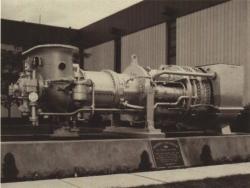
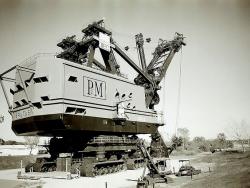


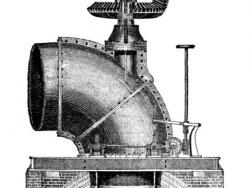
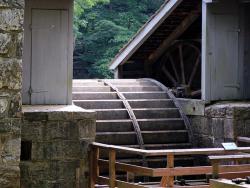

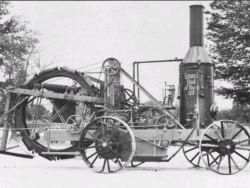
During the post-Civil War era, efforts to cultivate the land for higher crop yields resulted in the digging of thousands of miles of ditches to improve land drainage. Accurately graded ditches were needed for open drainage, pipeline trenches and placement of underground agricultural drainage…
Read More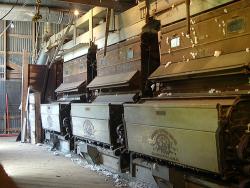
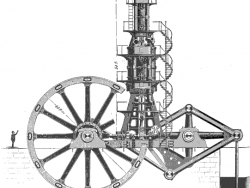
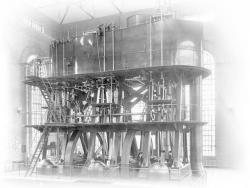
At the site of the first water pumping station providing water and sewage systems to the City of Erie in 1868, the Chestnut Street Pumping Station houses one of the largest steam engines, which pumped 20 million gallons a day. The triple-expansion steam reciprocating engine, which pumped water…
Read More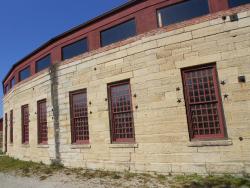
The Chicago, Burlington, & Quincy Railroad was the first railroad to link Chicago and the Mississippi River, in the 1850s. This forty-stall roundhouse, large even for its time, became a major center for railroad activity for the CB&Q. It served as a repair and construction facility from…
Read More